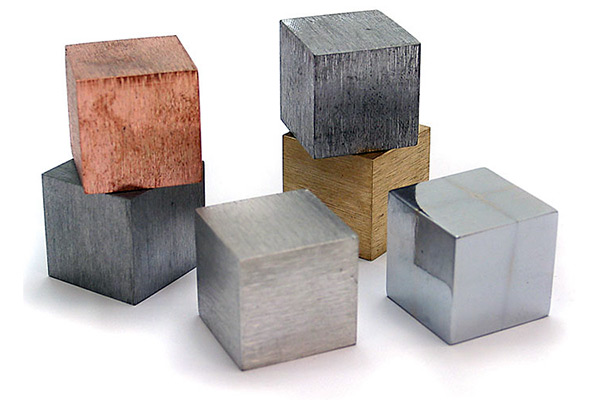
There are hundreds of metal alloys available for CNC milling and turning. Which one is best for your next project depends on a number of factors, including price, workability, corrosion resistance, strength, weight and cosmetic appearance. To help you choose, here’s a closer look at the ones we use every day and what benefits they may have for your next project.
This is the most common general purpose aluminum grade. The main alloying elements are magnesium, silicon and iron. Like all aluminum alloys it has a good strength-to-weight ratio and is naturally resistant to atmospheric corrosion. Other advantages are that it has good workability and machinability, can be welded and anodized, and its wide availability means that it’s economical.
When heat-treated to a T6 temper, 6061 has a considerably higher yield strength than annealed 6061, although the price is slightly higher. One of the drawbacks to 6061 is poor corrosion resistance when exposed to salt water or other chemicals. It’s also not as strong as other aluminum alloys for more demanding applications.
6061 is typically used for auto parts, bicycle frames, sporting goods, some aircraft components and frames for RC vehicles.
7075 is a higher grade of aluminum, alloyed mainly with zinc. It’s one of the strongest aluminum alloys, with excellent strength-to-weight characteristics.
Because of its strength, it has average workability which means it tends to spring back to its original shape when being cold-formed. 7075 is also machineable and can be anodized.
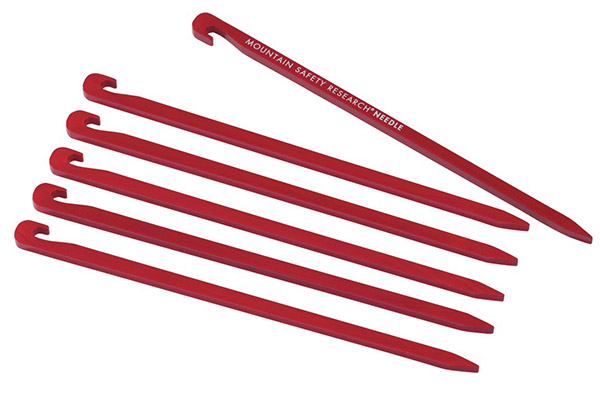
Hi-end tent stakes from MSR are made with 7075-T6 aluminum.
7075 is often hardened to T6. However, it’s a poor choice for welding and this should be avoided in most cases. We routinely use 7075 T6 for making plastic injection vowin.cn/' target='_blank'>mold tools. It’s also used for high-strength recreational equipment for mountain climbing, as well as for automotive and aerospace frames and other stressed parts.
Brass is an alloy of copper and zinc. It’s a very soft metal, and can often be machined without lubrication. It’s also highly workable at room temperature, so it often finds applications that do not require great strength. There are many kinds of brass, largely depending on the percentage of zinc. As this percentage increases, corrosion resistance decreases.
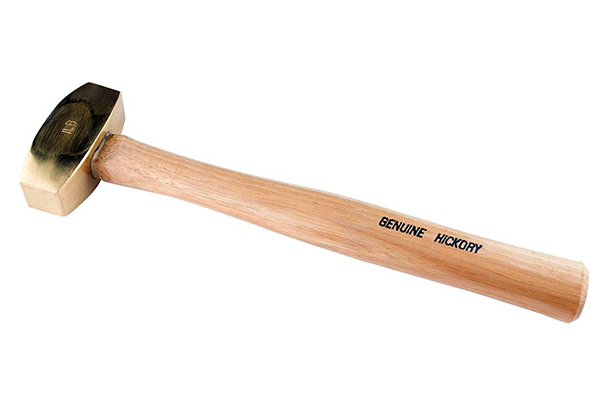
Brass mallets are dense, non-sparking and soft.
Brass takes a high polish that looks much like gold. This is the reason it’s often found in cosmetic applications. Brass is electrically conductive but non-magnetic, and can be easily recycled.
Brass can be welded but is most often joined with low-temperature processes like brazing or soldering. Another feature of brass is that it doesn’t spark when struck with another metal, so it finds use for tools in potentially explosive environments. Interestingly, brass has natural anti-bacterial and anti-microbial properties, and its use in this regard is still being studied.
Brass is common in plumbing fittings, home decorative hardware, zippers, naval hardware and musical instruments.
Magnesium AZ31 is an alloy with aluminum and zinc. It is up to 35% lighter than aluminum, with equivalent strength, but it’s also a bit more expensive.
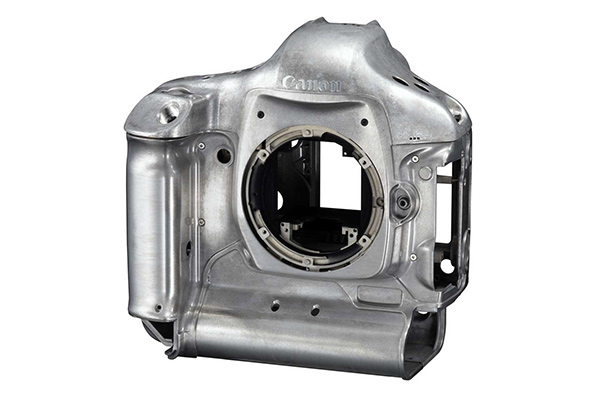
The body of this camera was pressure die cast with magnesium.
Magnesium is easy to machine but it’s very flammable especially in powder form, so it must be machined with a liquid lubricant. Magnesium can be anodized to improve its corrosion resistance. It’s also highly stable as a structural material and is an excellent choice for pressure die casting.
Magnesium AZ31 is often used for aircraft components in which light weight and high strength are most desirable, and can also be found in the housings for power tools, laptop cases and camera bodies.
There are many varieties of stainless steel, so called because of the addition of chromium that helps to deter oxidation (rust). Because all stainless steels look alike, great care must be taken to test incoming raw material with modern metrology equipment like OES detectors to confirm the characteristics of the steel you’re using.
In the case of 303, sulfur is also added. This sulfur helps to make 303 the most readily machined stainless steel, but it also tends to reduce its corrosion protection somewhat.
303 is not a good choice for cold forming (bending), nor can it be heat treated. The presence of sulfur also means it’s not a good candidate for welding. It does have excellent machining properties but care must be taken with speeds/feeds and the sharpness of cutting tools.
303 is often used for stainless nuts and bolts, fitting, shafts and gears. It should not, however, be used for marine grade fittings.
This is the most common form of stainless steel found in a wide variety of consumer and industrial products. Often called 18/8, this refers to the addition of 18% chromium and 8% nickel to the alloy. These two elements also make the material especially tough and non-magnetic.
304 is readily machineable, yet unlike 303 it can be welded. It’s also more corrosion resistant in most normal (non-chemical) environments. For machinists, it should be processed with very sharp cutting tools, and not contaminated with other metals.
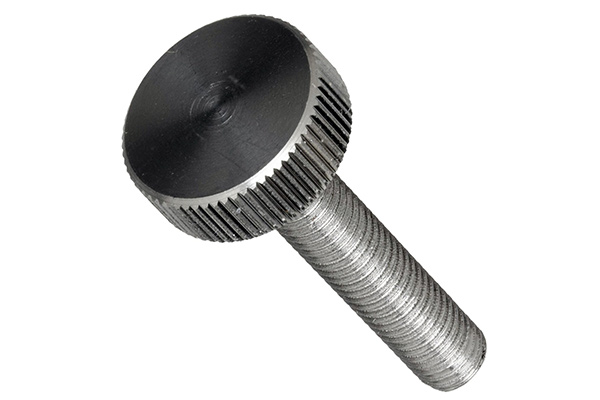
Screws, nuts and other attachment hardware is often made from 304 stainless.
Stainless Steel 304 is an excellent choice for kitchen accessories and cutlery, tanks and pipes used in industry, architecture, and automotive trim.
The addition of molybdenum makes 316 even more corrosion resistant, so it’s often considered a marine-grade stainless steel. It’s also tough, and easy to weld.
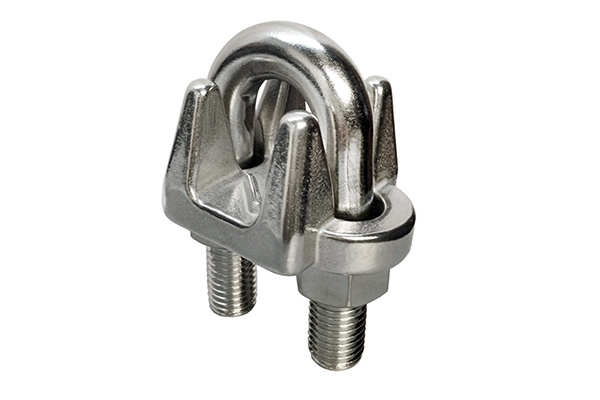
316 stainless was used to make this shackle for a boat.
316 is used in architectural and marine fittings, for industrial pipes and tanks, automotive trim and kitchen cutlery.
This is a common grade of mild steel, i.e., not stainless. It’s typically less expensive than stainless steels, but considerably stronger and tougher. It’s easy to machine and to weld, and it can be work hardened and heat treated for various hardnesses.
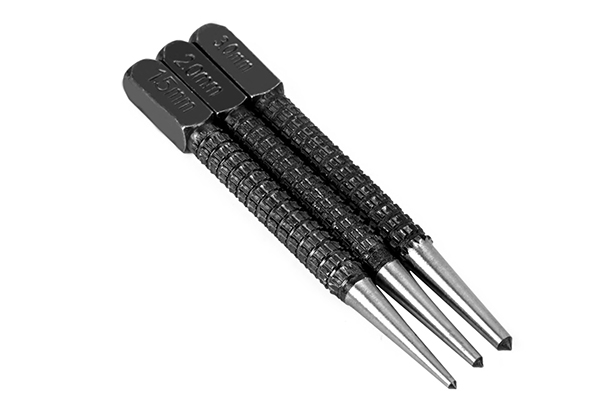
Carbon steel can stand up to repeated hammer blows
1045 steel (in the European standard, C45) is used in many industrial applications for nuts and bolts, gears, shafts, connecting rods and other mechanical parts requiring a higher degree of toughness and strength than stainless. It’s also used in architecture, but if exposed to the environment it will usually be surface treated to prevent rust.
Titanium is well-known for possessing high strength, light weight, toughness and corrosion resistance. It can be welded, passivated and anodized for increased protection and to improve its appearance. Titanium doesn’t polish especially well, is a poor conductor of electricity but a good conductor of heat. It’s a tough material to machine and only specialty cutters should be used.
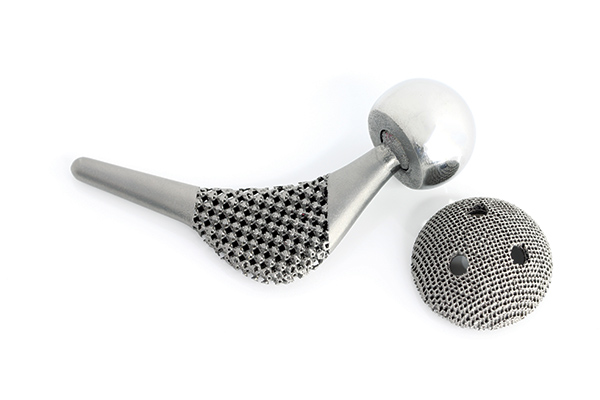
This replacement hip joint and socket were 3D printed from titanium
Titanium is generally bio-compatible, and has a very high melting point. Although more expensive than other metals in commercial form, it’s actually very abundant in the Earth’s crust but more difficult to refine.
Titanium works well for powder bed 3D metal printing. It finds applications in the most demanding aerospace, military, bio-medical and industrial fields, where it stands up well against heat and corrosive acids.


